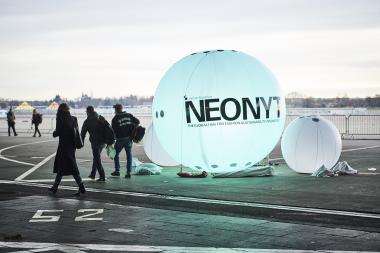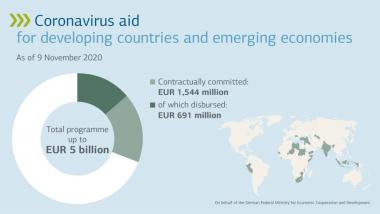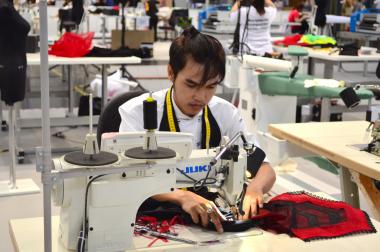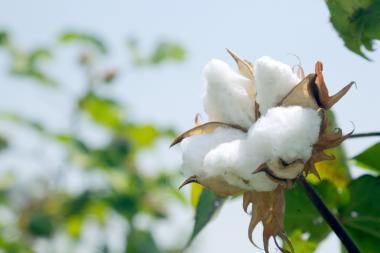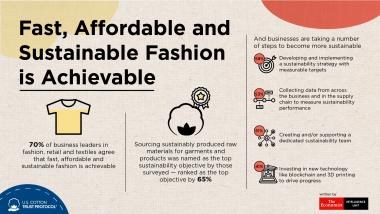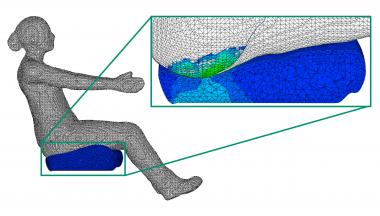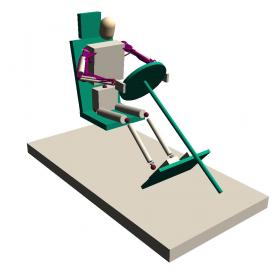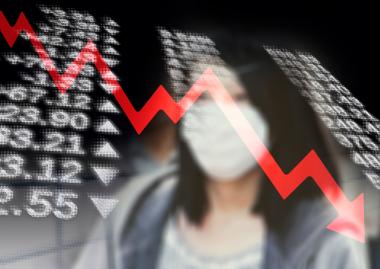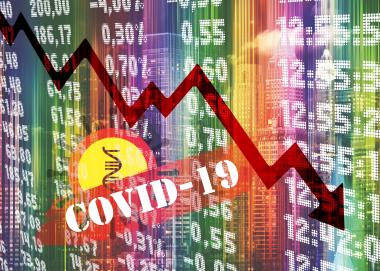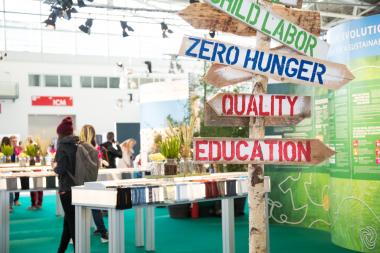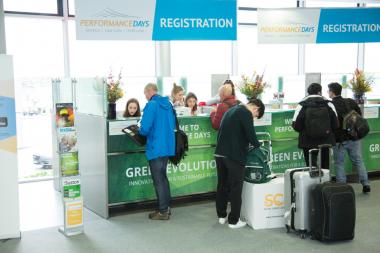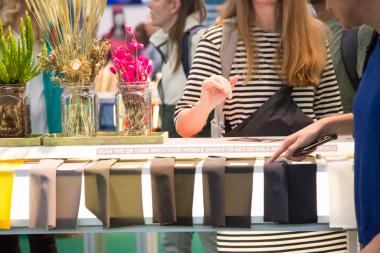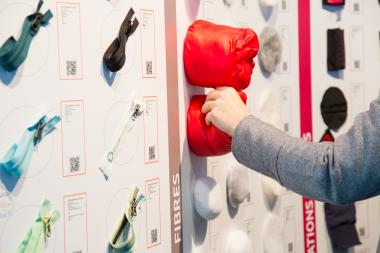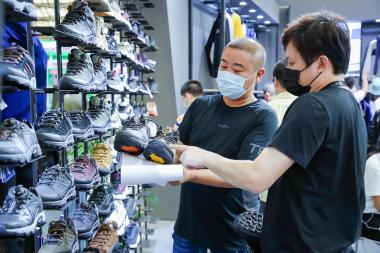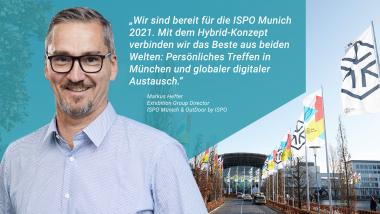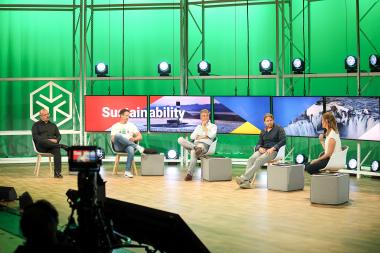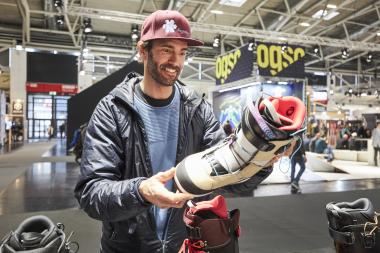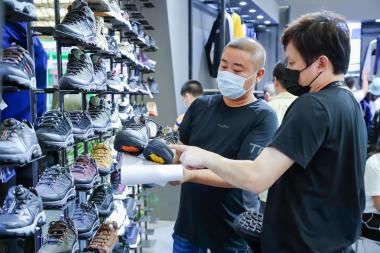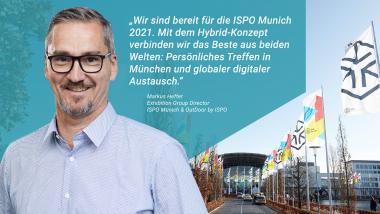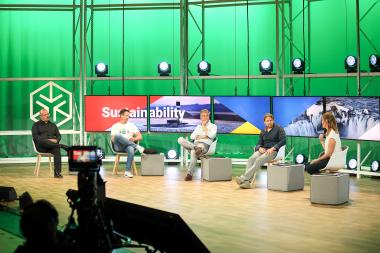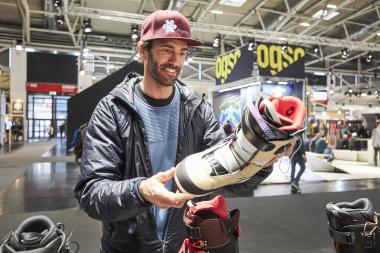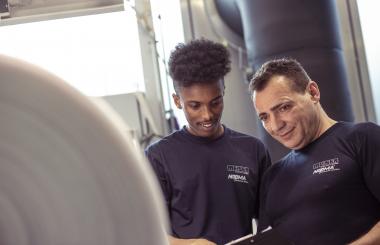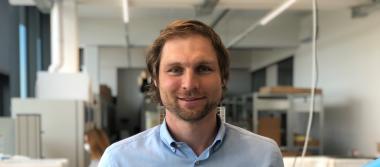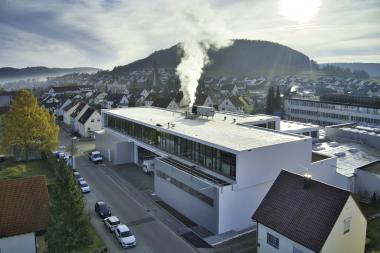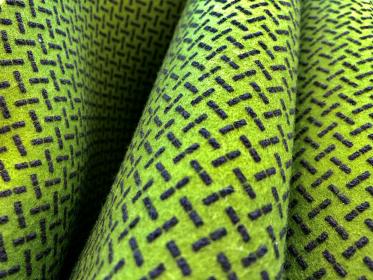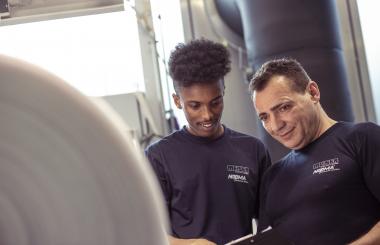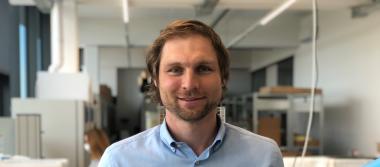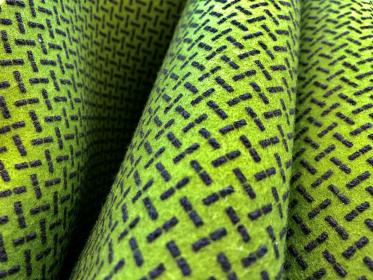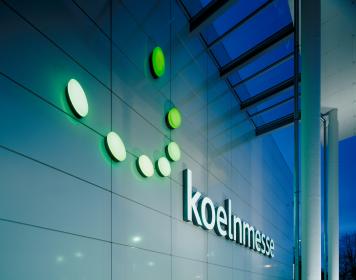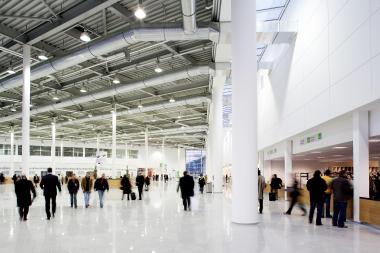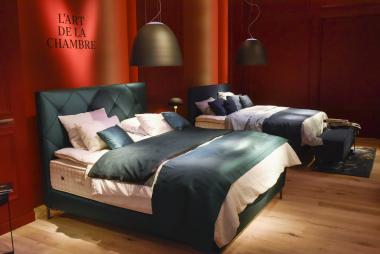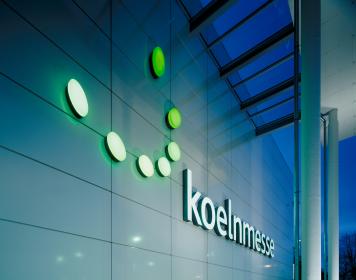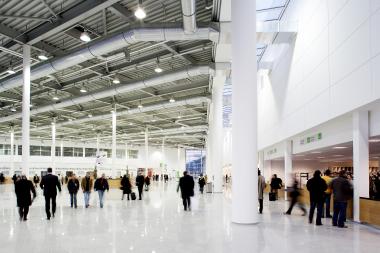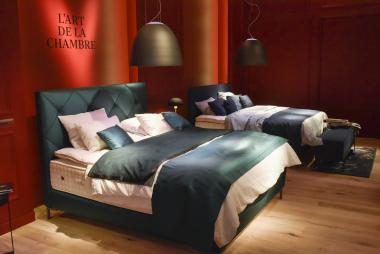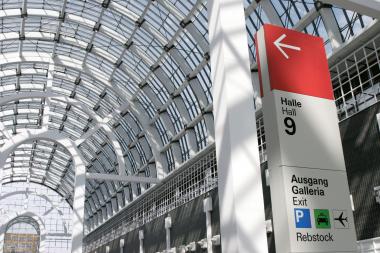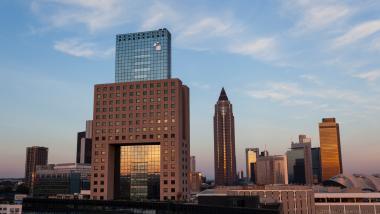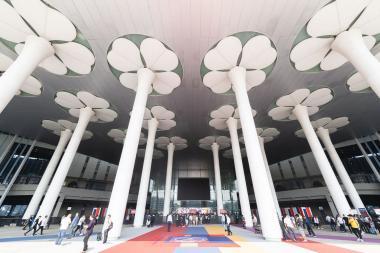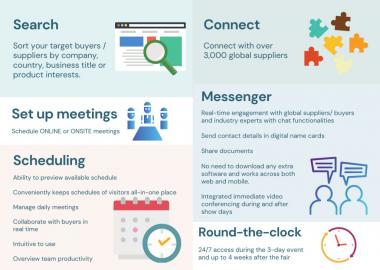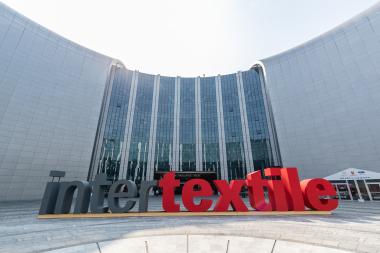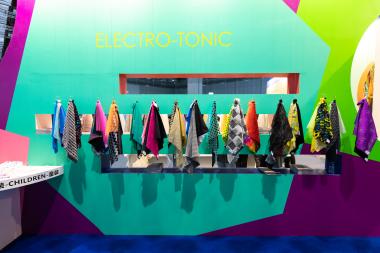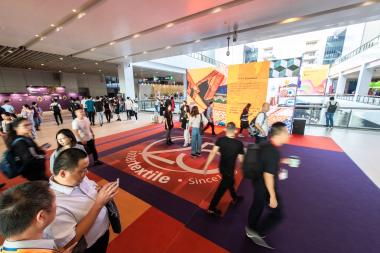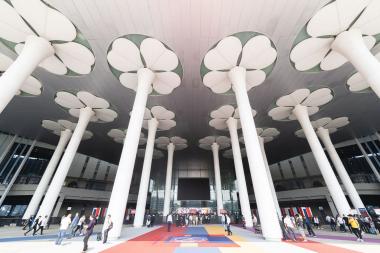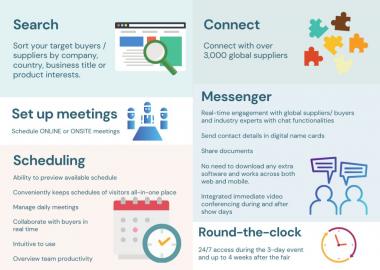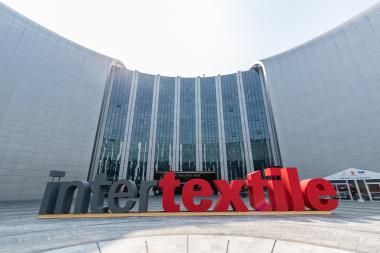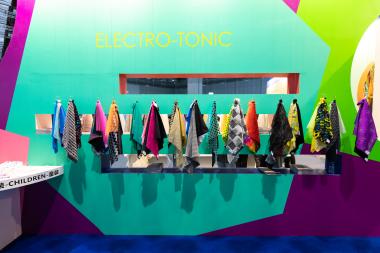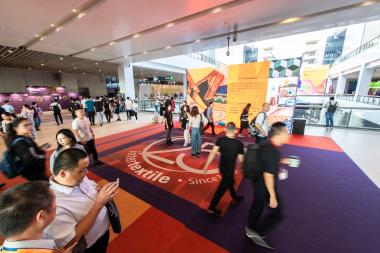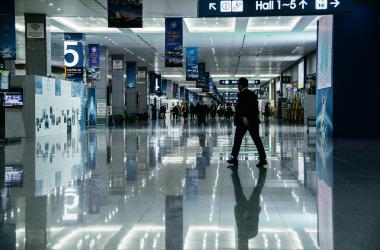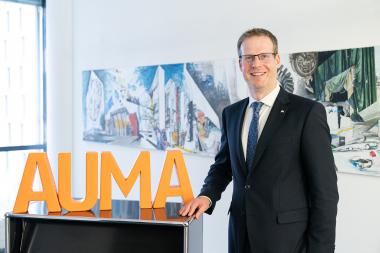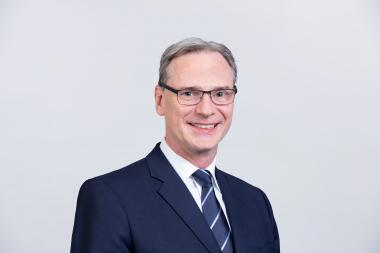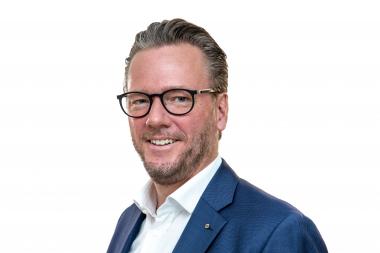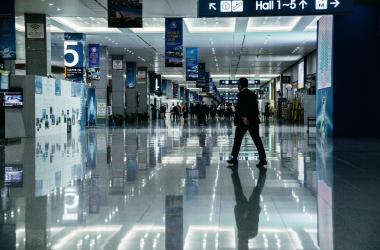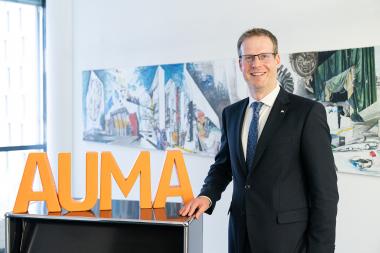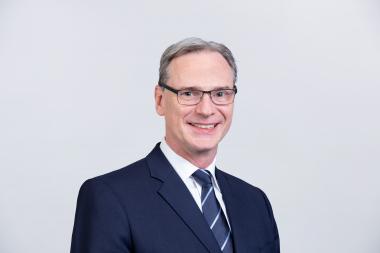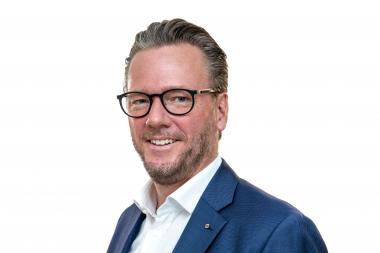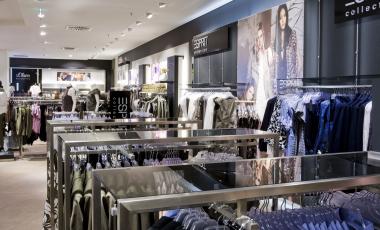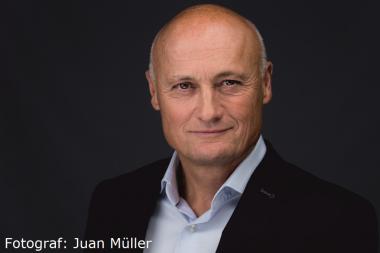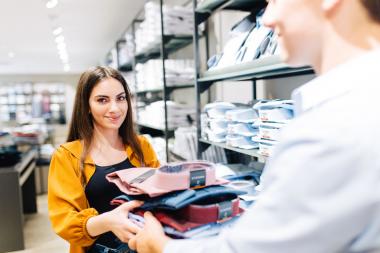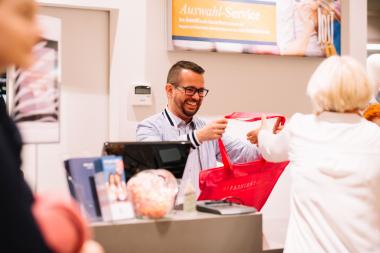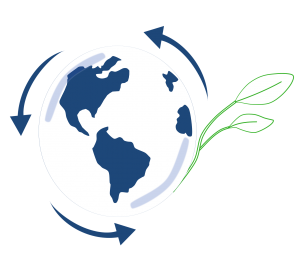Neonyt is going back “On Air” - No physical winter edition in January 2021
The ongoing, difficult situation surrounding COVID-19 and the latest decisions made by the German government are once again making it impossible to plan Neonyt – and as a result, the physical event, from 19-21 January 2021, will no longer be taking place. A small consolation: the digital community format “Neonyt On Air” will be entering into its second round instead.
After the COVID-19 situation eased in many places towards the end of summer and contact rules and travel restrictions were eased or lifted completely, the entire sector, and therefore also the trade fair and event industry, were looking ahead to a new start: “It wasn’t exactly “business as usual”, but we were hoping that there wouldn’t be a second lockdown,” says Olaf Schmidt, Vice President of Textiles & Textile Technologies at Messe Frankfurt. “But this is precisely the scenario we are faced with now and of course had to make a decision to protect the health and safety our exhibitors, visitors and also our employees.” Due to rapidly increasing infection rates and the latest decisions made by the German government, the organisers have been left with no choice but to cancel the winter edition of Neonyt.
But the sustainability community doesn’t have to forgo Neonyt completely. “The need of our exhibitors and visitors to interact and cooperate in person has only increased during the past few months,” says Thimo Schwenzfeier, Show Director of Neonyt. “A need that, after a forced one-year break, we would have loved to fulfil with a face-to-face event, but now we are having to do that virtually and in a reduced form.” Like last summer, January will see the return of the digital “Neonyt on Air” format – in numerous talks, panel discussions and masterclasses the community will be discussing the latest developments and innovations from the sustainable fashion and textile industry in the week from 18-22 January 2021. Further information about the line-up will follow on the Neonyt website and in the newsletter in the coming weeks.
The exhibitors’ order business has also been taken into consideration in the modified plans: thanks to Neonyt’s cooperation with B2B marketplace The Brand Show Circular, brands will have the opportunity to position themselves in an international order setting, maintain existing business contacts and acquire new customers – despite contact and travel restrictions. The digital services of the B2B platform range from classic marketing and order activities down to virtual showrooms with multimedia content. Interested exhibitors have already been informed in Page 2 Neonyt The global hub for fashion, sustainability and innovation Neonyt On Air, 18-22 January 2021 detail about the terms and conditions of participation.
Messe Frankfurt Exhibition GmbH


